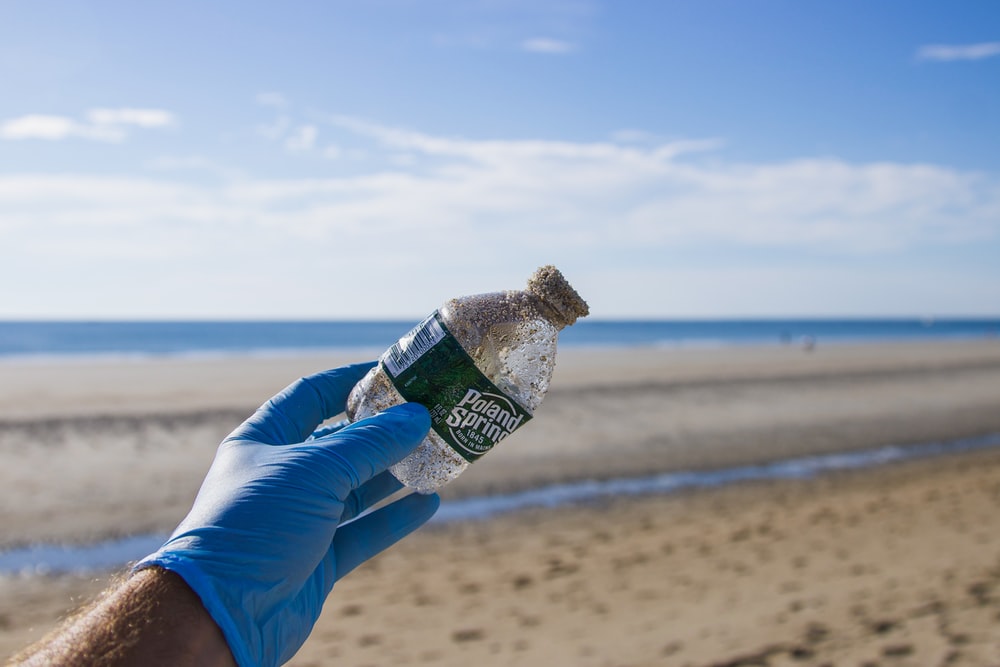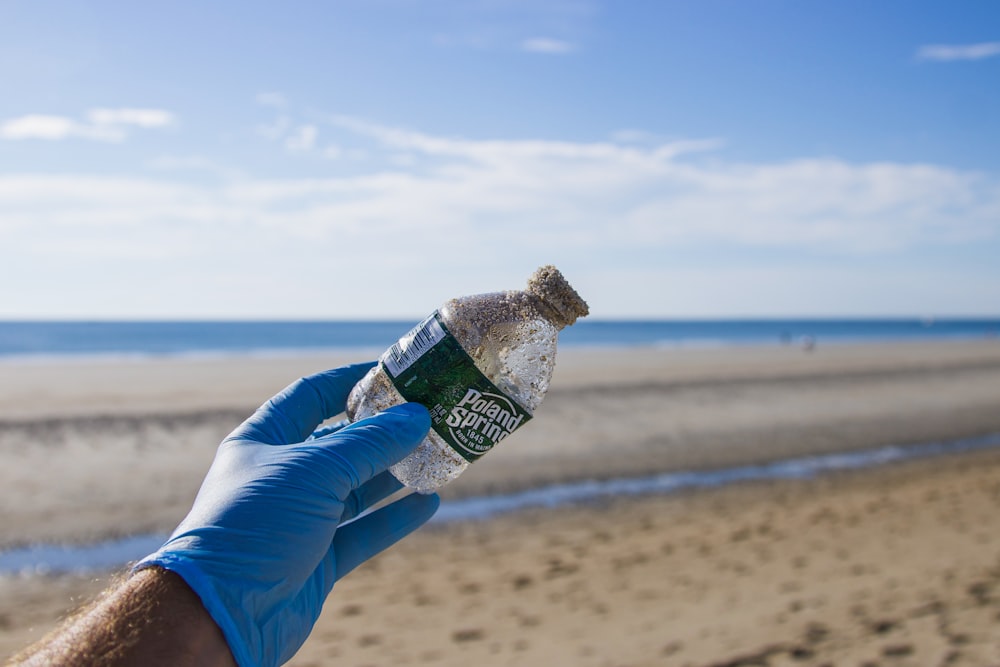Dr. Konstantin weighs in on the environmentalist’s concerns: How much plastic is actually in plastic surgery?
Ah, the age-old dilemma of wanting to look good while doing good. You want to prevent wrinkles, but you love the polar bears. You can’t possibly support an industry that revolves around plastic, but hey– you heard BOTOX® is natural. Can you go under the knife without compromising your identity as an environmentalist?
This is a valid question– it’s called plastic surgery, after all– but when you dive into the science behind it, you’ll find there is little reason to worry. As a facial plastic surgeon in NYC, I can assure you most procedures involve at most a miniscule amount of plastic. The name “plastic surgery” doesn’t even refer to plastic itself; rather, it comes from the Greek word plastikos, meaning to form, or to mold.
So… does that mean cosmetic surgery has no negative environmental impact?
Not necessarily. While many procedures are primarily cut-and-sew, not all ingredients involved are created equally.
How Much Plastic Is Involved in Plastic Surgery?
Here’s how some of the most common cosmetic surgery materials score for eco-friendliness:
- Sutures
- If sutures are absorbable, that is because they are made of natural ingredients that can dissolve into the body. Fibers of animal intestine lining is a common ingredient in absorbable sutures.
- Non-absorbable sutures can be made from either natural or synthetic threads. Often they are made of nylon, which is notoriously unsustainable; due to their size, however, they do not contain substantial amounts of nylon.
- Dermal Fillers
- Fillers are made of hyaluronic acid, which occurs naturally in the human body. It is found in our skin and our joints and is completely biodegradable.
- Silicone
- While silicone is made of silicon, a natural chemical element, silicone itself is a synthetic, rubbery material. It is not, however, as environmentally harmful as plastic is.
- BOTOX
- Bacteria called Clostridium botulinum naturally produce a neurotoxic protein called Botulinum toxin, aka BOTOX. Yes, you read that right… BOTOX is natural.
The climate crisis we find ourselves in is surely related to mass consumption of single-use plastics. But unlike plastic surgery, single-use plastic refers to non-biodegradable items, not procedures to form and mold. On top of this, the world of plastic surgery is continuously evolving to become an even more sustainable practice. According to a recent report in Plastic and Reconstructive Surgery — Global Open, more surgeons and operating facilities every day are working to reduce waste and limit environmental impacts.
And if the eco-worry is something you just can’t shake, join a beach clean-up after recovering from your procedure. You deserve to look and feel your best, and due to the natural materials of cosmetic surgery, you can do so without harming the planet.
If you are curious what kinds of results you can expect after various plastic surgery procedures, please visit our before-and-after photo gallery. To learn more about the environmental impacts of plastic surgery from a New York facial plastic surgeon, please contact us online or call (212) 380-3634.



Leave a Reply